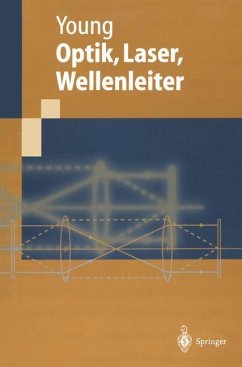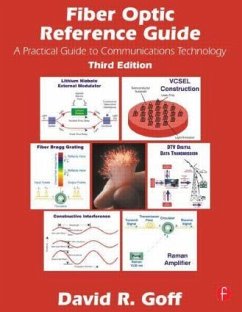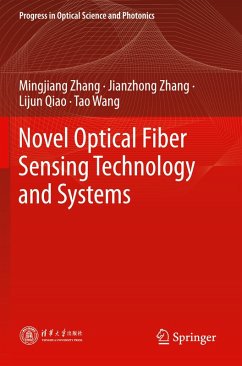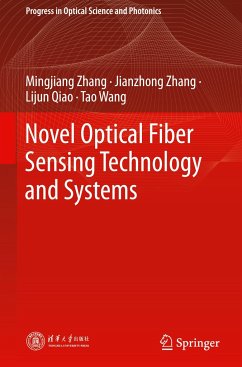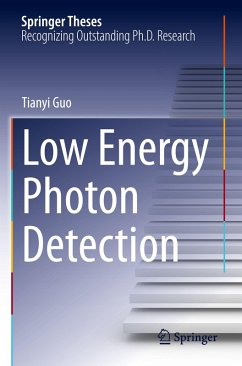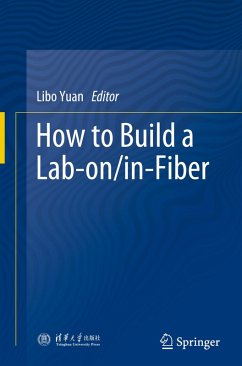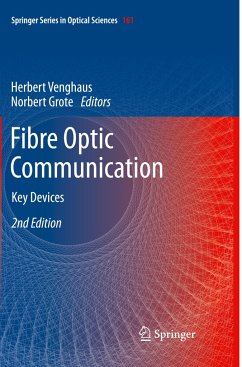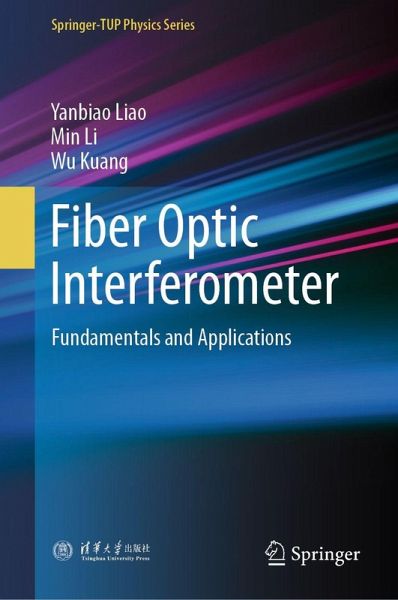
Fiber Optic Interferometer
Fundamentals and Applications

PAYBACK Punkte
65 °P sammeln!
This book highlights the key technology of fiber optic interferometers (FOI), providing a systematic overview of their principles and applications. FOI is among the first fiber optic sensors to achieve engineering applications due to its ultra-high sensitivity, yet challenges such as temperature drift and instability persist. Starting with the wave and coherence theories of light, the book explains the transmission and control of polarized light in optical fibers. It then covers the optical characteristics of major FOI types and introduces recent developments in short-cavity FP interferometers...
This book highlights the key technology of fiber optic interferometers (FOI), providing a systematic overview of their principles and applications. FOI is among the first fiber optic sensors to achieve engineering applications due to its ultra-high sensitivity, yet challenges such as temperature drift and instability persist. Starting with the wave and coherence theories of light, the book explains the transmission and control of polarized light in optical fibers. It then covers the optical characteristics of major FOI types and introduces recent developments in short-cavity FP interferometers, white light interference, and long-range interferometers. The book also classifies and discusses holistic signal processing technologies for different types of interferometers. Furthermore, it presents in-depth analyses of several commercialized fiber optic sensors, including fiber underwater acoustic sensors (hydrophones), fiber vector/acceleration sensors, and fiber gyroscopes. Practical designs for a fiber hydrogen sensor and a refractive index sensor combining fiber gratings with Mach-Zehnder interferometers (LPG-MZ) are also included. This comprehensive resource is intended for students, engineers, and practitioners in the field.





